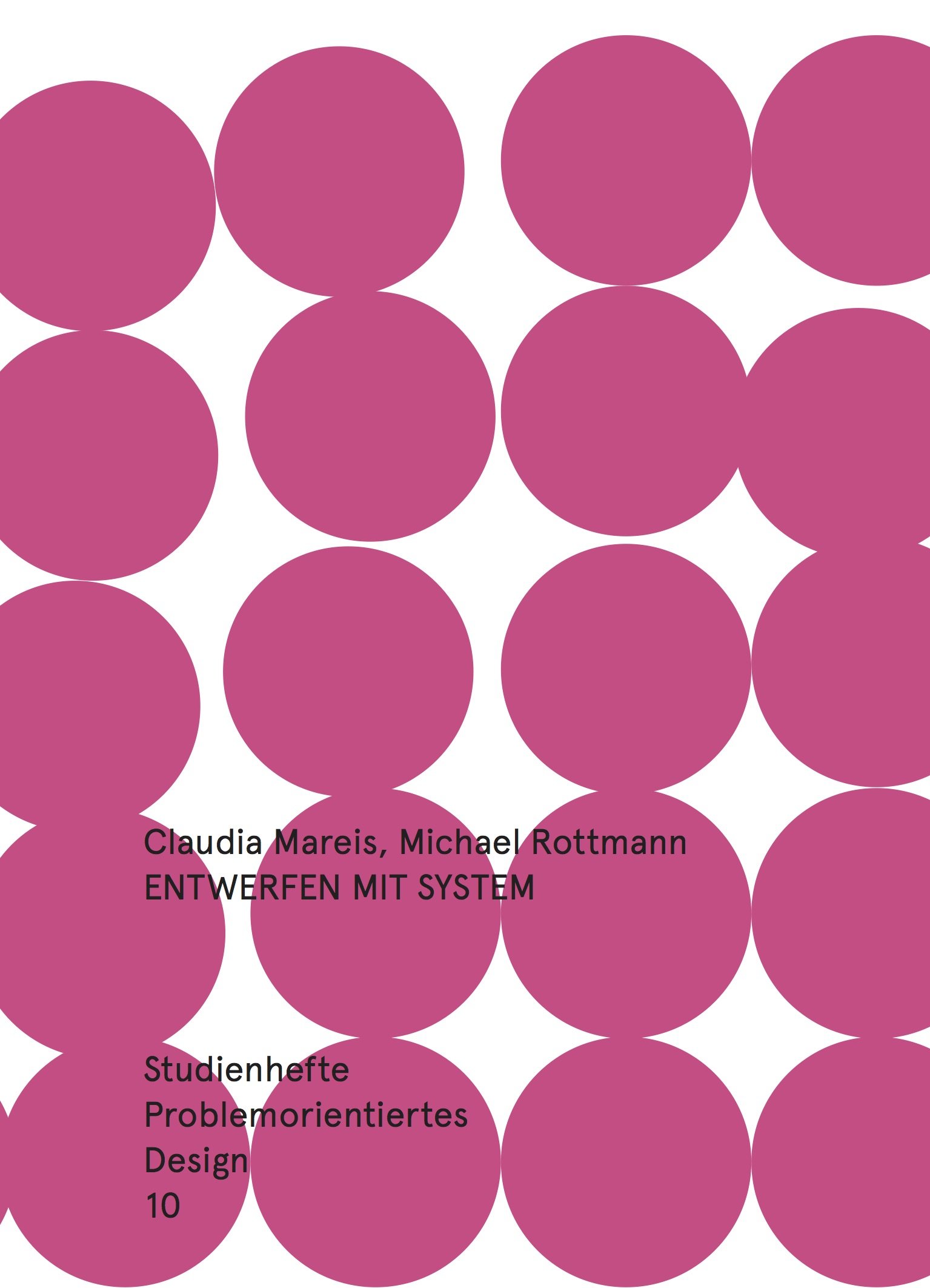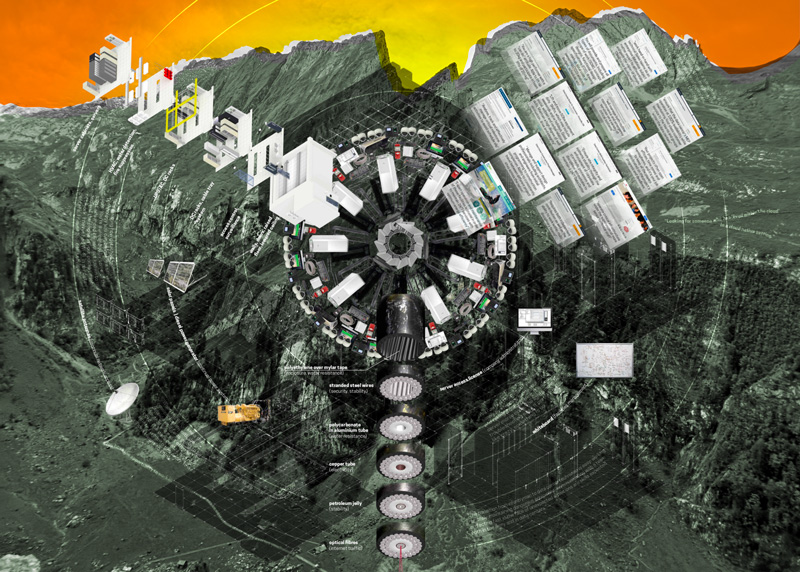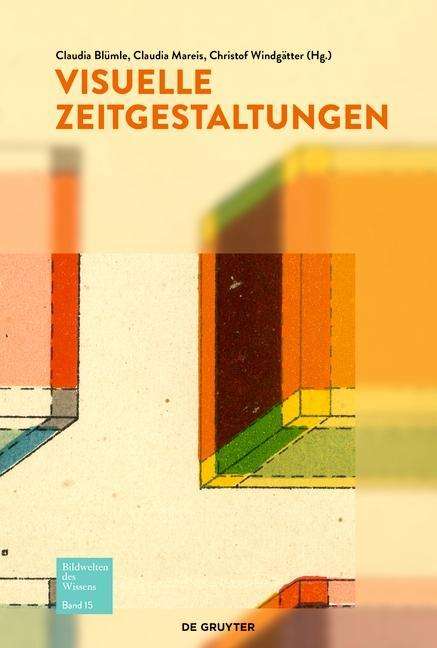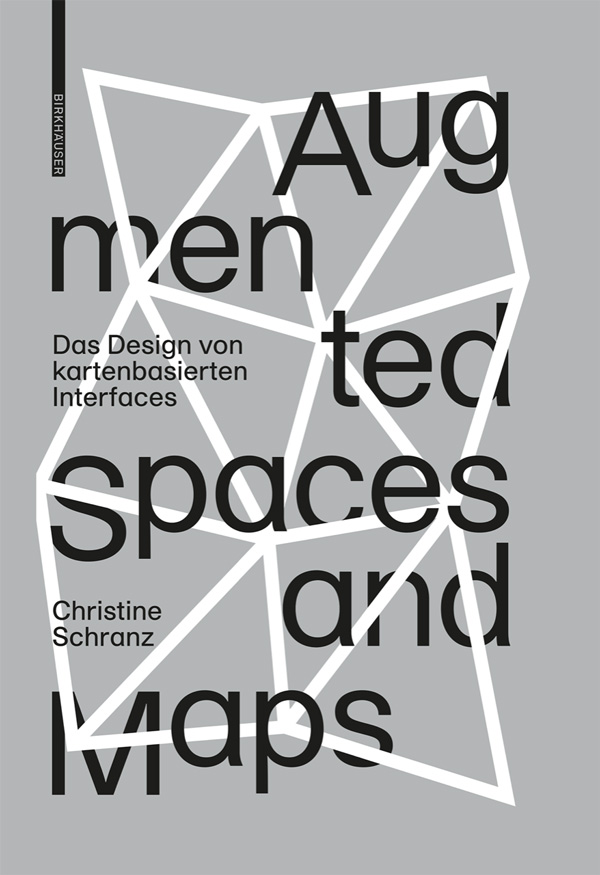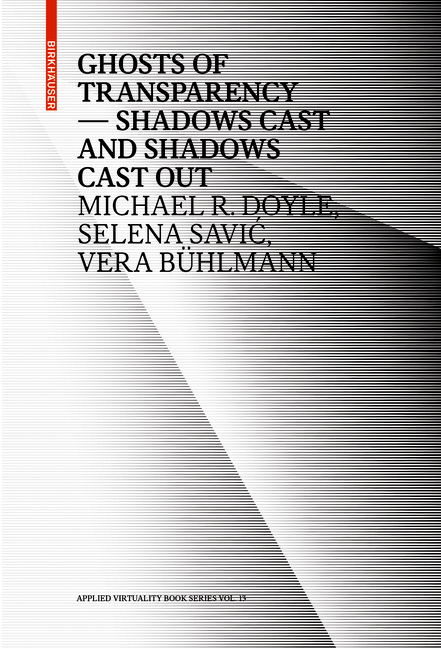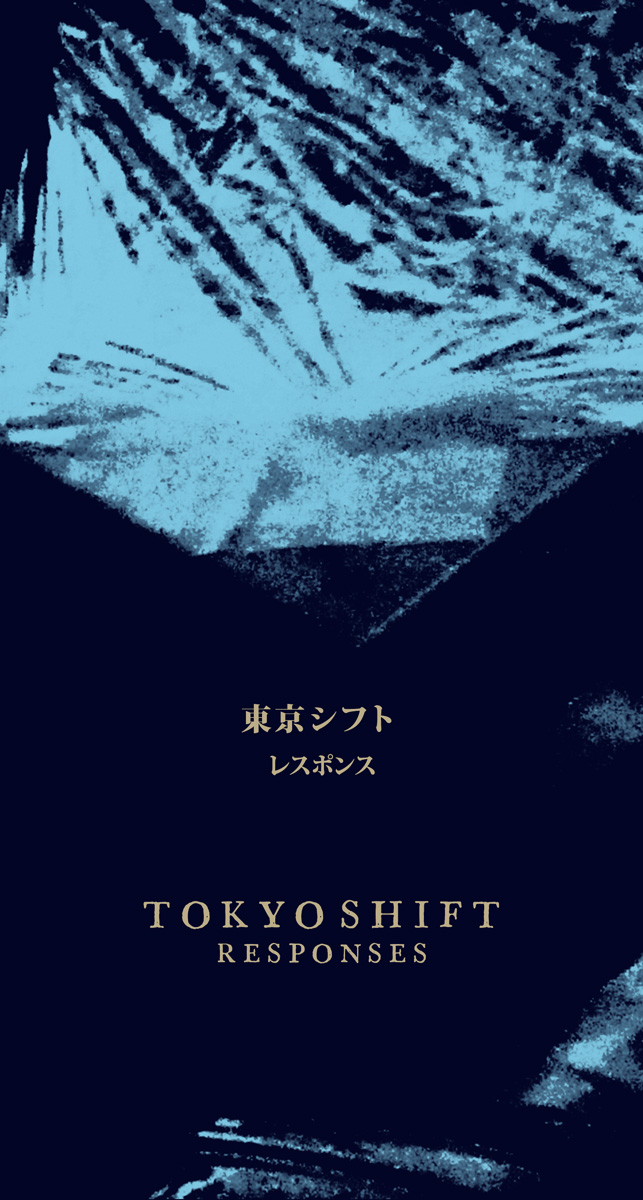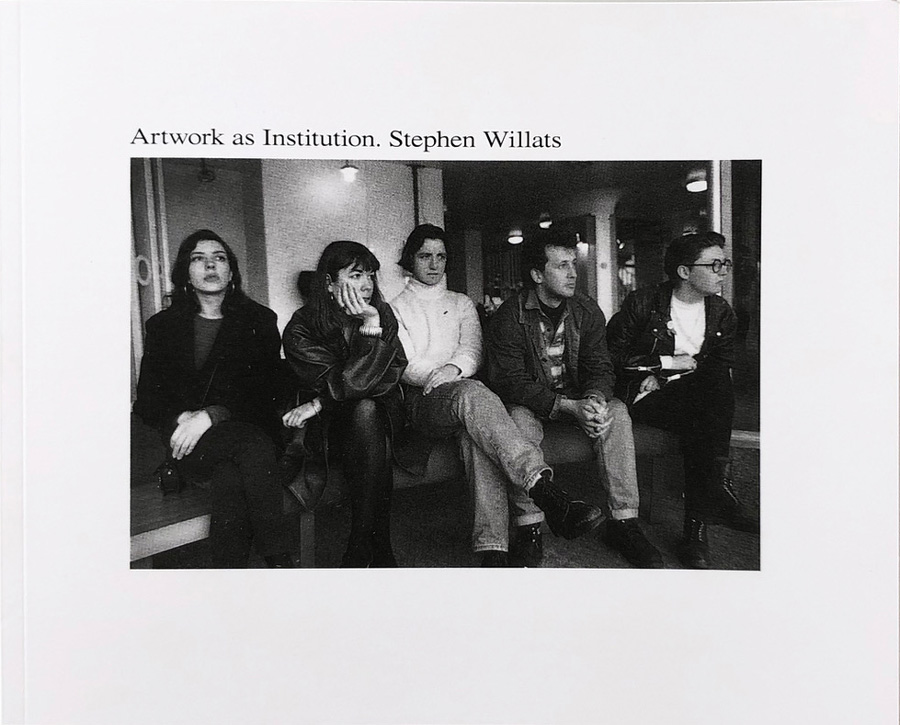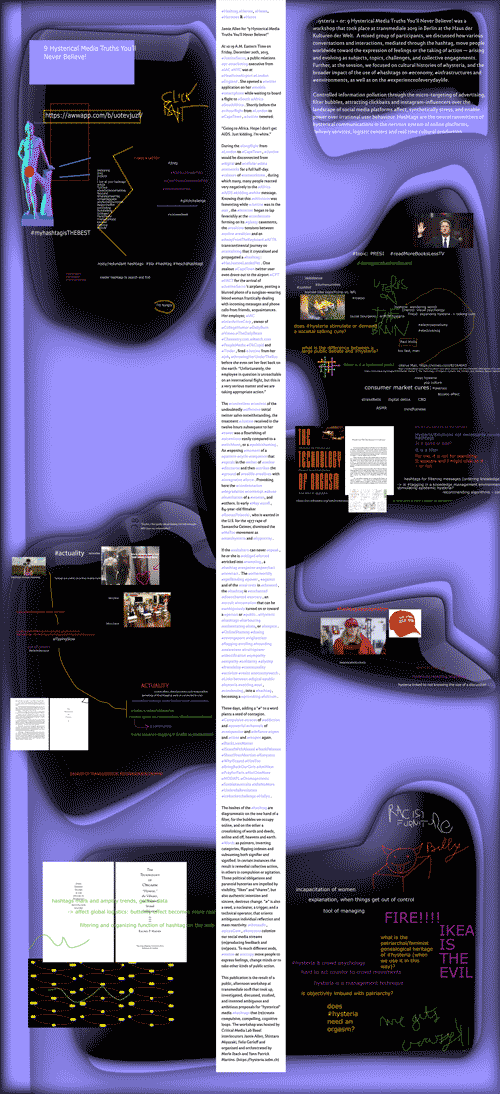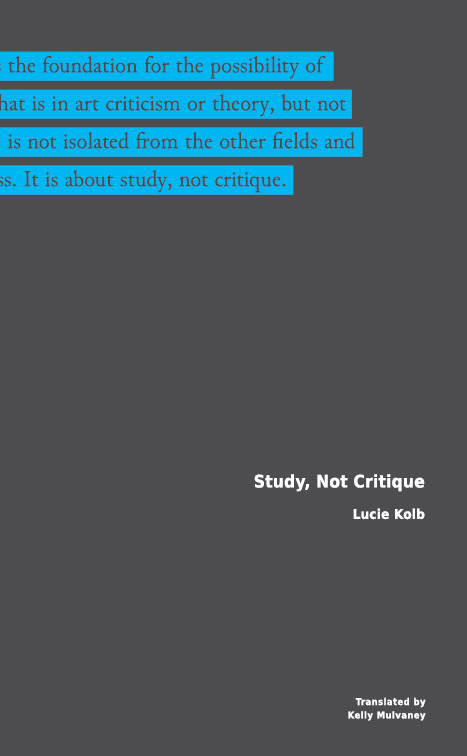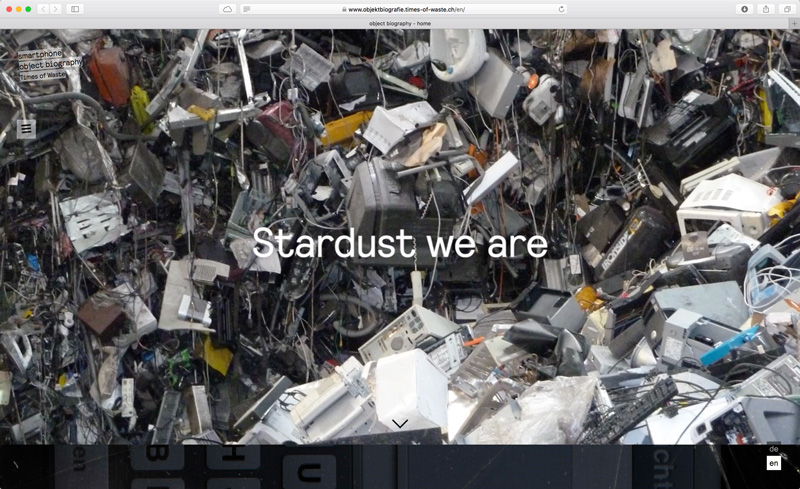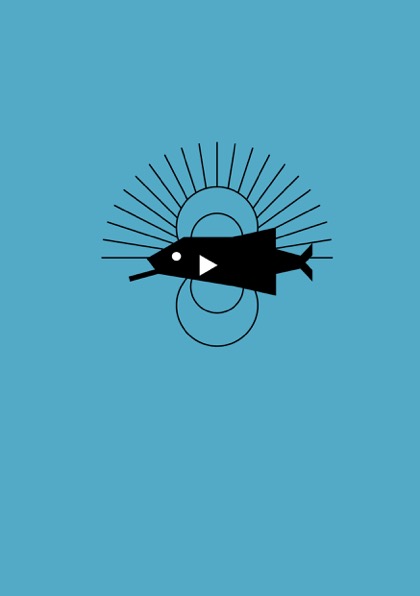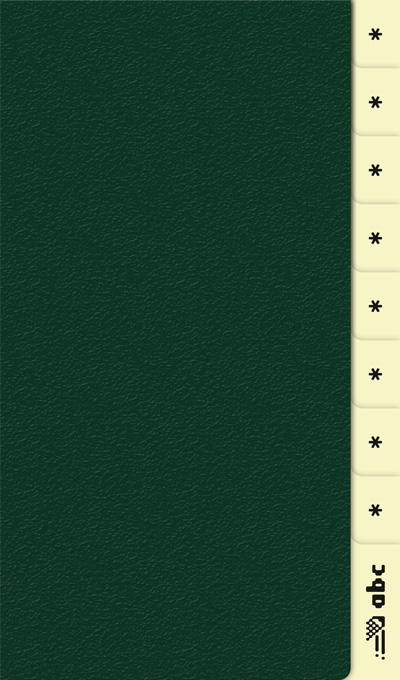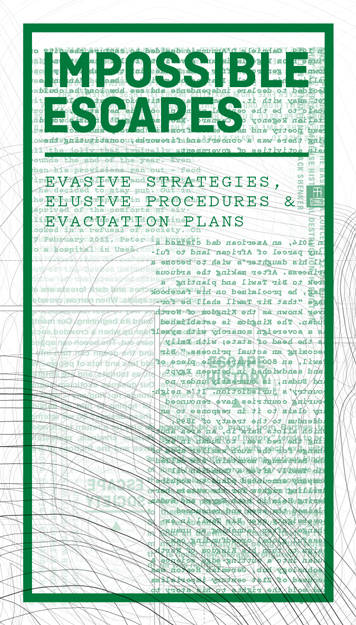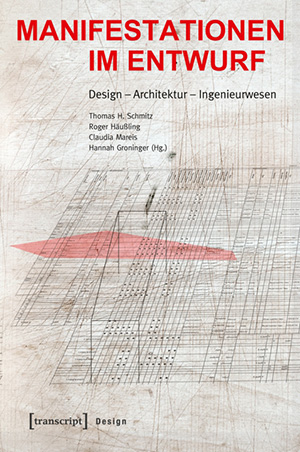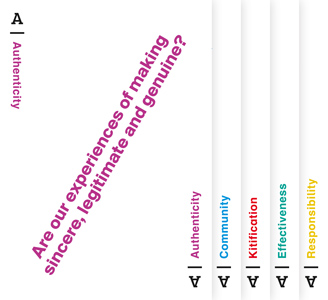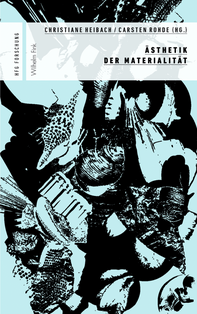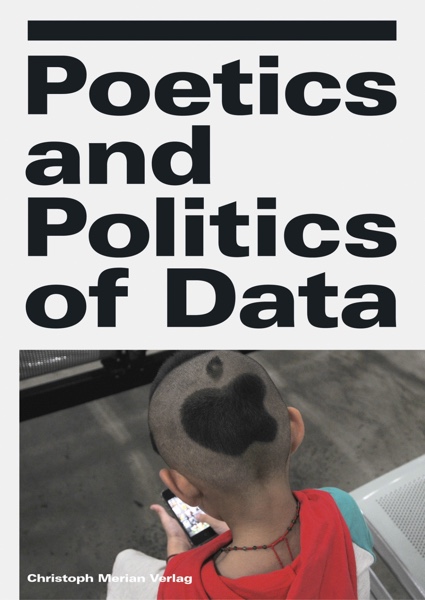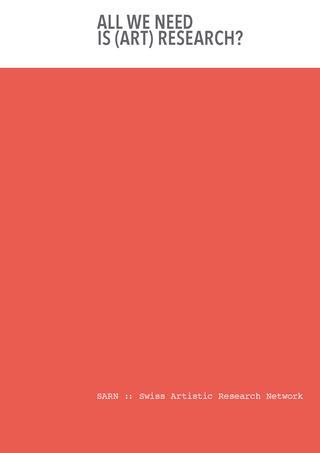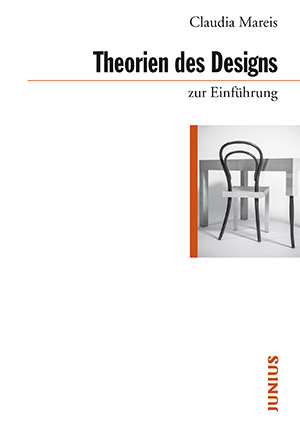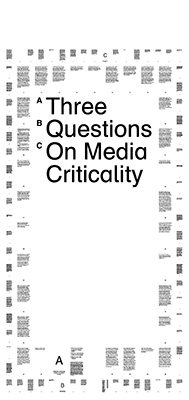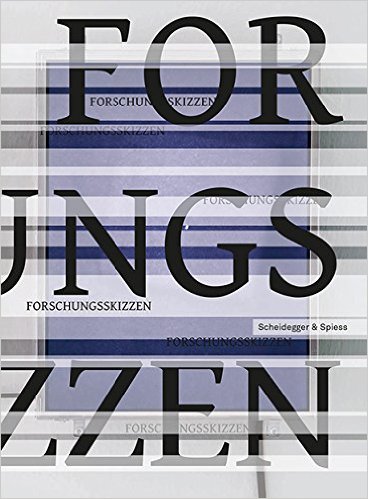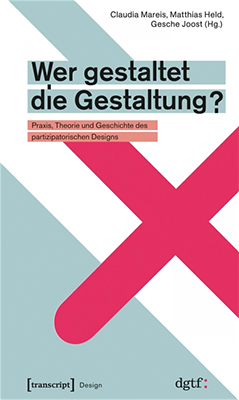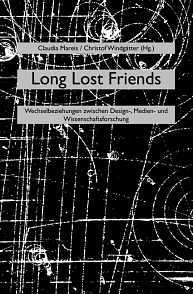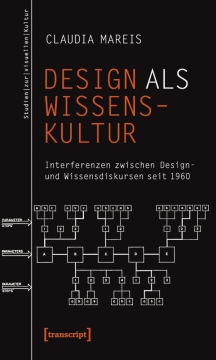In the design discourses and practices around 1960 systematic methods of designing played a significant role. In movements like the Design Methods Movement or the Creativity Movement scientific-rational principles were applied to the process of design. Products, ideas and inventions should be conceived in similarly systematic fashion. Simultaneously, an orientation towards systems and systematic design can also be seen in the arts.
In this publication, Claudia Mareis and Michael Rottmann discuss this historical phenomenon from two perspectives. On the one hand, they ask how the creativity and method discourse spreading from the USA in the post-war period fostered an equation of creativity with (supposed) productivity. On the other hand, they look into ways how the media conditions and limits of systematic design and creation methods have been reflected and criticized in the field of art and design.
Published in the series Studienhefte Problemorientiertes Design, edited by Jesko Fezer, Oliver Gemballa, and Matthias Görlich. In German.




